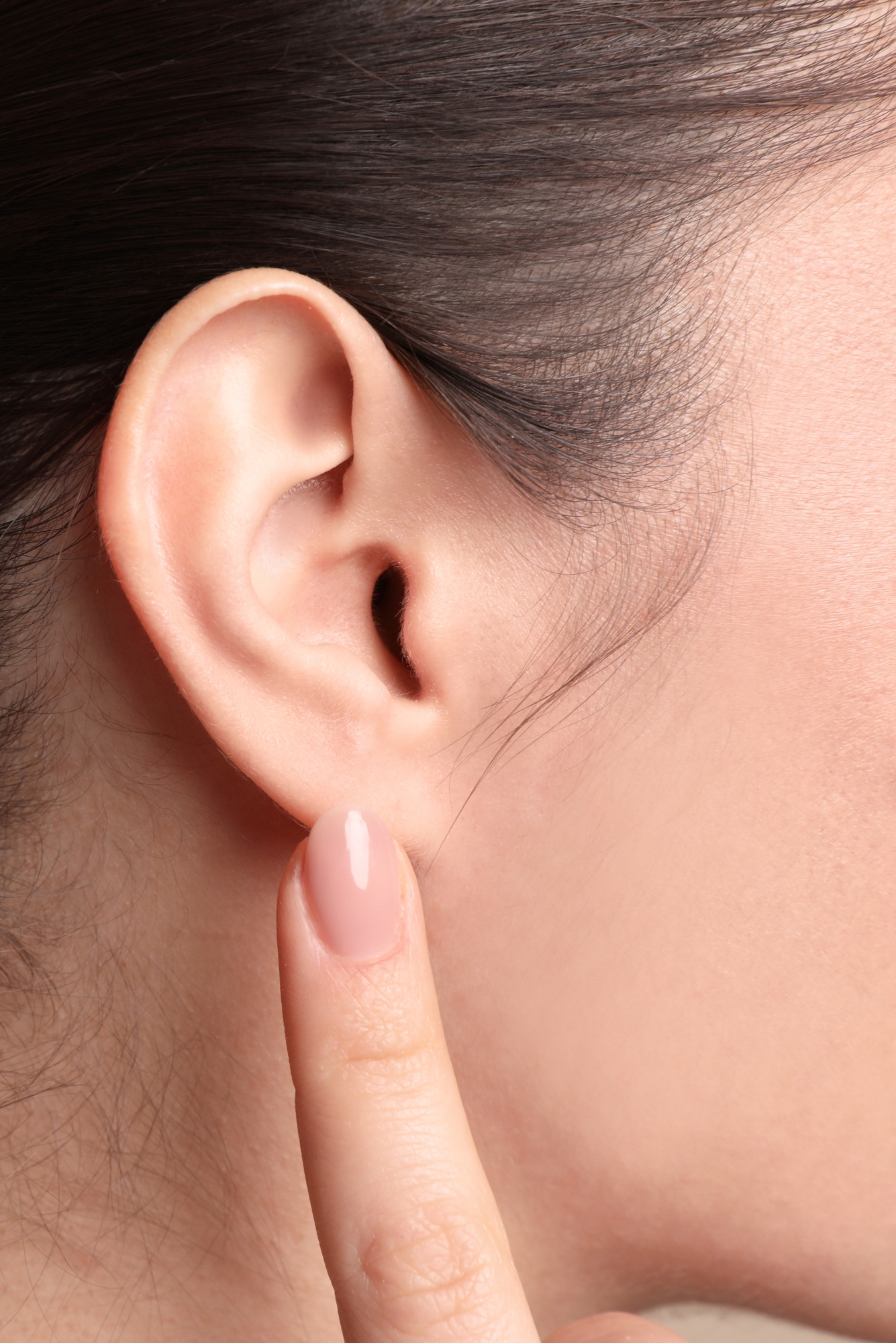Earlobe Repair
- Home
- Earlobe Repair
Earlobe Repair
When to consider a Earlobe Repair?
Consider earlobe repair in the following situations:
Torn or Split Earlobes
Often due to snagging earrings, trauma, or dog bites.
Stretched Earlobes
From wearing heavy earrings or ear gauges, leading to larger, unwanted holes.
Aging Effects
Addressing floppy, dangling, or drooping earlobes caused by aging.
Detachment or Attachment Preferences
If you want to attach detached lobes or vice versa.
Resizing Prominent Lobes
Making elongated or prominent lobes smaller or shorter.
Restoration Post-Piercing
Repairing elongated piercings or removing any kind of piercing.

Ultimately, the decision to undergo earlobe repair is a personal one. During your consultation, Dr. Brandt will assess your specific situation, discuss your options, and guide you towards the most appropriate treatment plan to achieve your desired results. Whether it’s addressing damage from earrings, changes due to aging, or aesthetic preferences, Dr. Brandt will ensure that the chosen approach aligns with your expectations and aesthetic goals for your earlobes.
What is a earlobe repair?
Earlobe repair is a surgical procedure designed to correct and enhance the appearance of earlobes. It is typically used to address issues such as torn or split earlobes, often resulting from trauma or wearing heavy earrings, stretched earlobes from gauges, drooping lobes due to aging, or undesired changes in size or shape. The procedure, usually performed under local anesthesia, involves techniques like tissue redistribution, wound closure, and reshaping to match the earlobe’s natural contour. The goal is to restore the earlobe to a natural, proportionate appearance, while minimizing scarring and ensuring a smooth recovery
Who is a good candidate for a earlobe repair?
Good candidates for earlobe repair include individuals with:
- Torn or Split Earlobes: Often due to accidental pulling of earrings or other trauma.
- Stretched Earlobes: Resulting from heavy earrings, gauges, or long-term wear of large earrings.
- Aging-Related Changes: Such as drooping or elongating earlobes.
- Cosmetic Concerns: Those seeking to resize or reshape their earlobes for aesthetic reasons.
- Overall Good Health: To ensure proper healing and reduce the risk of complications.

Candidates should have realistic expectations about the results and be willing to follow post-operative care instructions for optimal outcomes.
What does a earlobe repair?
Earlobe repair addresses several issues:
- Repairing Torn or Split Earlobes: Caused by trauma, snagging, or heavy earrings.
- Reshaping Stretched Earlobes: Due to gauges or prolonged wear of heavy earrings.
- Correcting Drooping Earlobes: Often a result of aging.
- Changing Size or Shape: For cosmetic enhancement or personal preference.
- Closing and Restoring Pierced Earlobes: In cases where piercings have stretched or are no longer desired.
What does a earlobe repair not address?
- Internal Ear Structures: It focuses solely on the earlobe, not the internal parts of the ear.
- Hearing Issues: The procedure is cosmetic and does not affect hearing abilities.
- Other Facial Cosmetic Concerns: Earlobe repair is specific to earlobes and does not address issues like wrinkles, facial sagging, or other cosmetic facial concerns.
- Preventing Future Damage: While it repairs existing damage, it does not prevent future earlobe issues from occurring, such as those due to earrings or aging.


What to expect during recovery from a earlobe repair?
During recovery from an earlobe repair, you can expect:
- Immediate Return to Work: Most people can return to work right after the procedure.
- Mild Pain: Some discomfort or mild pain for a few days, usually manageable with medication.
- Wound Care: Applying antibiotic ointment and keeping the area clean is essential.
- Re-piercing: You may be able to re-pierce the ears in a different location after 2-6 months, depending on the type of repair.
- Minimal Downtime: The recovery is generally quick with minimal impact on daily activities
What are the risks of a earlobe repair?
The risks associated with earlobe repair, while generally minimal, can include:
Infection:
As with any surgical procedure, there's a risk of infection at the incision site.
Scarring
Some degree of scarring is possible, though typically it's minimal and well-concealed.
Asymmetry
There's a slight risk of asymmetry between the two earlobes after healing
Allergic Reactions
To any materials used during the procedure or to post-operative care products.
Altered Sensation
There may be changes in sensation in the earlobe area, either temporary or, in rare cases, permanent.
Suture Reactions
Occasionally, the body might react to sutures, requiring additional care.
Why choose Dr. Brandt for your earlobe repair?
Choosing Dr. Brandt for your earlobe repair could be beneficial due to his specialized expertise in this area. His experience with various types of earlobe repairs, from simple to complex, ensures a thorough understanding of the procedure and its nuances. Additionally, Dr. Brandt’s commitment to patient care and attention to detail can provide a more comfortable experience and aesthetically pleasing results. His use of advanced techniques and a patient-centered approach might also contribute to effective and satisfactory outcomes, making him a reliable choice for those seeking high-quality earlobe repair services.
